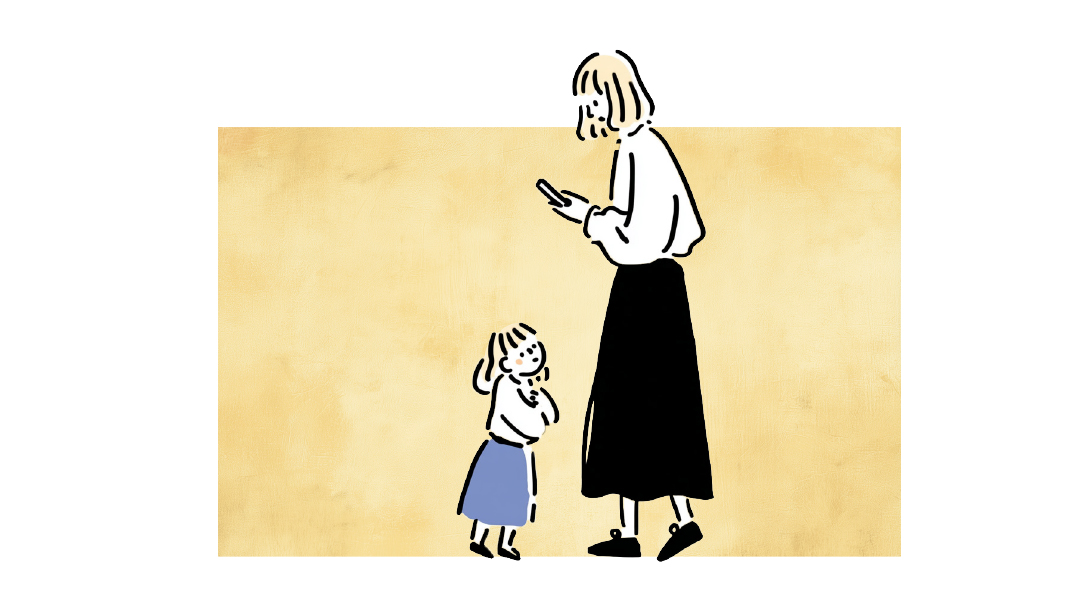Wide Awake


Strategies you need when kids can’t sleep
"M y six-year-old won’t go to sleep unless I’m in the house. If I need to go out she can end up going to bed past midnight.”
It’s not only babies who keep their parents busy at night: school-age children have their share of nighttime woes as well.
“My ‘baby’ is nine years old so you’d think that I’d have the night to myself at this point. But this little guy can’t settle into sleep. He’s in and out of bed a hundred times between nine p.m. and one a.m.”
Trouble Sleeping
Separation anxiety can cause children to have trouble going to bed — especially their own bed. This and other types of anxiety can also stop them from falling asleep once they’re in bed; an overactive mind for instance may jog a child into a state of perpetual alertness that delays the onset of and prevents restful sleep. Or a vivid imagination conjures up monsters in closets and kidnappers at windows leading to the production of the vigilant “wake-up-and-run” chemistry produced by the fight-or-flight response.
When anxious feelings make it hard for a child to sleep parents can offer a wide range of tools and strategies (see for example my book The Fear Fix). Although children often crave the security of sleeping with their parents this isn’t a flexible strategy as it requires the constant availability of the parent. It’s preferable to help kids past the toddler stage access feelings of comfort and security in their own beds.
Other children have trouble falling asleep because their bodies and/or minds are hyperactive. ADHD and other conditions can contribute to physical sensations of “being on the go ” “wound up ” or “tense.” Medications and foods can also cause these feelings. A mind that flits from topic to topic reviewing the day making plans for the morrow and solving problems can keep its owner wide awake.
Calming the body and/or mind can be accomplished by various therapies: homeopathic herbal and conventional medical therapies as well as restorative yoga all have their offerings as do other interventions such as physical exercise and breathing strategies. What doesn’t work is telling the child to just close his eyes and go to sleep!
Night Terror
“Ever since she was around three our daughter has had night terrors. She’s eight now and they still happen regularly; our pediatrician said she may not outgrow them until she’s twelve.
“She wakes up screaming and when we come to help her she looks right through us and pushes us away. She can’t respond to our questions and she doesn’t appear to know what she’s screaming about. The other kids don’t always manage to sleep through all the noise.
“Then she’ll suddenly close her eyes and fall asleep. In the morning she has no clue that she even woke up!”
Night terror tends to run in families often showing up when there are relatives who are sleepwalkers or sleep-talkers. It is thought to be a neurological phenomenon slightly worse during times of stress but not primarily psychological in nature. In other words the sufferer isn’t anxious unhappy or otherwise emotionally disturbed. Stress however makes the nervous system slightly more vulnerable so just as some people get headaches when stressed and others get stomachaches when stressed “night terror people” have more night terrors when stressed.
Parents can do little but wait out the individual night terror and the entire period of night terrors (which may last from a few years to a decade). Making sure the child is safe; sitting nearby and speaking softly may provide some comfort but the phenomenon stops only when it’s run its course.
"I Had a Bad Dream"
Nightmares are another phenomenon that can disturb a child and his family. When a child awakens with a bad dream he tends to know where he is and can recognize and accept the help of a parent. Daytime worries and problems may lead to nightmares; by identifying and addressing stressors parents can help reduce their child’s troubling dreams.
Sometimes food sensitivities can lead to nightmares; having this checked out can be helpful. Limiting exposure to news scary stories and disturbing videos is often valuable. In addition teaching a child to focus on images of safety and happiness at bedtime can help settle the mind and emotions.
Parents also have their own sleep problems: insomnia affects millions of adults. While you’re helping your child to find his inner calm make sure you apply the strategies for yourself as well. (Originally featured in Family First Issue 546)
Oops! We could not locate your form.




